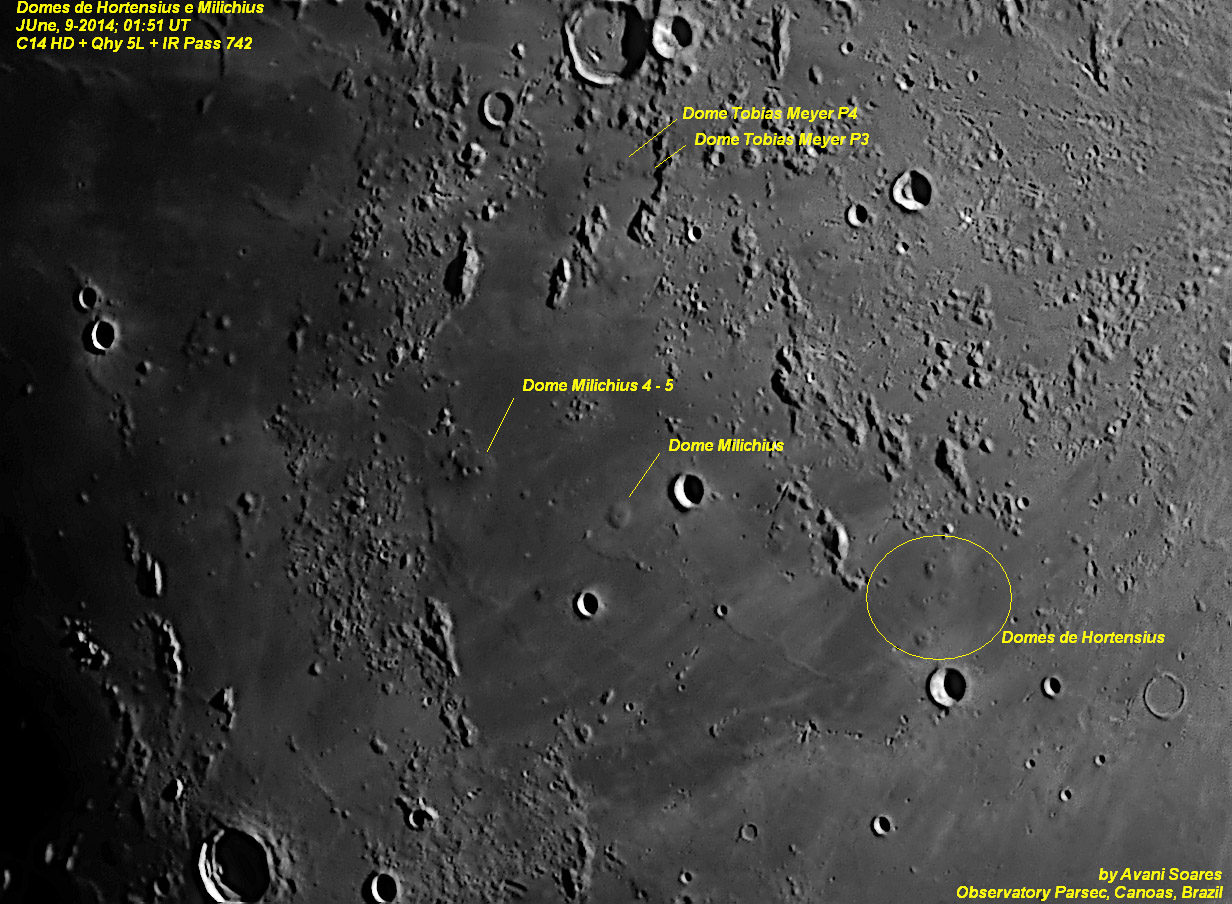Difference between revisions of "July 1, 2014"
| Line 1: | Line 1: | ||
__NOTOC__ | __NOTOC__ | ||
=New View of Old Domes= | =New View of Old Domes= | ||
| − | |||
<!-- ws:start:WikiTextHeadingRule:0:<h1> --> | <!-- ws:start:WikiTextHeadingRule:0:<h1> --> | ||
<!-- ws:start:WikiTextLocalImageRule:6:<img src="/file/view/LPOD-Jul1-14.jpg/515314702/LPOD-Jul1-14.jpg" alt="" title="" /> -->[[File:LPOD-Jul1-14.jpg|LPOD-Jul1-14.jpg]]<!-- ws:end:WikiTextLocalImageRule:6 --><br /> | <!-- ws:start:WikiTextLocalImageRule:6:<img src="/file/view/LPOD-Jul1-14.jpg/515314702/LPOD-Jul1-14.jpg" alt="" title="" /> -->[[File:LPOD-Jul1-14.jpg|LPOD-Jul1-14.jpg]]<!-- ws:end:WikiTextLocalImageRule:6 --><br /> | ||
| − | <em>image by [mailto:orquidarioavani@terra.com.br Avani Soares], Brazil</em><br /> | + | <em>image by [mailto:orquidarioavani@terra.com.br" rel="nofollow Avani Soares], Brazil</em><br /> |
<br /> | <br /> | ||
| − | Avani has a new telescope and has been been introducing it to the Moon. This image is covers the hilly and domey region west of Copernicus. This is one of the most dome rich areas of the Moon. Avani has just marked a few to provide orientation - fuller identification is provided on the [http://digilander.libero.it/glrgroup/images.htm images page] of the <em>Consolidated Lunar Dome Catalogue</em> by the GLR group. A few years ago Patrick McGovern and colleagues at the Lunar and Planetary Institute in Houston [http://lpod.wikispaces.com/January+28%2C+2011 proposed] that this area of domes occurs on a 300 km wide by 2 km high large volcanic shield. The shield and the dome fields occur here [http://lpod.wikispaces.com/January+30%2C+2011 because] this is an annular zone of maximum stress (bending) caused by the filling of the Imbrium Basin by Mare Imbrium lavas. The crust was weakened by the stress, allowing magma to make pathways from the mantle to the surface. A question the theory does not address is why these eruptions produced so many domes, whereas most eruptions didn't. Was the magma flow rate or its composition different, and if so why?<br /> | + | Avani has a new telescope and has been been introducing it to the Moon. This image is covers the hilly and domey region west of Copernicus. This is one of the most dome rich areas of the Moon. Avani has just marked a few to provide orientation - fuller identification is provided on the [http://digilander.libero.it/glrgroup/images.htm" rel="nofollow images page] of the <em>Consolidated Lunar Dome Catalogue</em> by the GLR group. A few years ago Patrick McGovern and colleagues at the Lunar and Planetary Institute in Houston [http://lpod.wikispaces.com/January+28%2C+2011 proposed] that this area of domes occurs on a 300 km wide by 2 km high large volcanic shield. The shield and the dome fields occur here [http://lpod.wikispaces.com/January+30%2C+2011 because] this is an annular zone of maximum stress (bending) caused by the filling of the Imbrium Basin by Mare Imbrium lavas. The crust was weakened by the stress, allowing magma to make pathways from the mantle to the surface. A question the theory does not address is why these eruptions produced so many domes, whereas most eruptions didn't. Was the magma flow rate or its composition different, and if so why?<br /> |
<br /> | <br /> | ||
| − | <em>[mailto:tychocrater@yahoo.com Chuck Wood]</em><br /> | + | <em>[mailto:tychocrater@yahoo.com" rel="nofollow Chuck Wood]</em><br /> |
<br /> | <br /> | ||
<strong>Related Links</strong><br /> | <strong>Related Links</strong><br /> | ||
Revision as of 23:01, 4 January 2015
New View of Old Domes

image by " rel="nofollow Avani Soares, Brazil
Avani has a new telescope and has been been introducing it to the Moon. This image is covers the hilly and domey region west of Copernicus. This is one of the most dome rich areas of the Moon. Avani has just marked a few to provide orientation - fuller identification is provided on the " rel="nofollow images page of the Consolidated Lunar Dome Catalogue by the GLR group. A few years ago Patrick McGovern and colleagues at the Lunar and Planetary Institute in Houston proposed that this area of domes occurs on a 300 km wide by 2 km high large volcanic shield. The shield and the dome fields occur here because this is an annular zone of maximum stress (bending) caused by the filling of the Imbrium Basin by Mare Imbrium lavas. The crust was weakened by the stress, allowing magma to make pathways from the mantle to the surface. A question the theory does not address is why these eruptions produced so many domes, whereas most eruptions didn't. Was the magma flow rate or its composition different, and if so why?
" rel="nofollow Chuck Wood
Related Links
21st Century Atlas chart 21.



